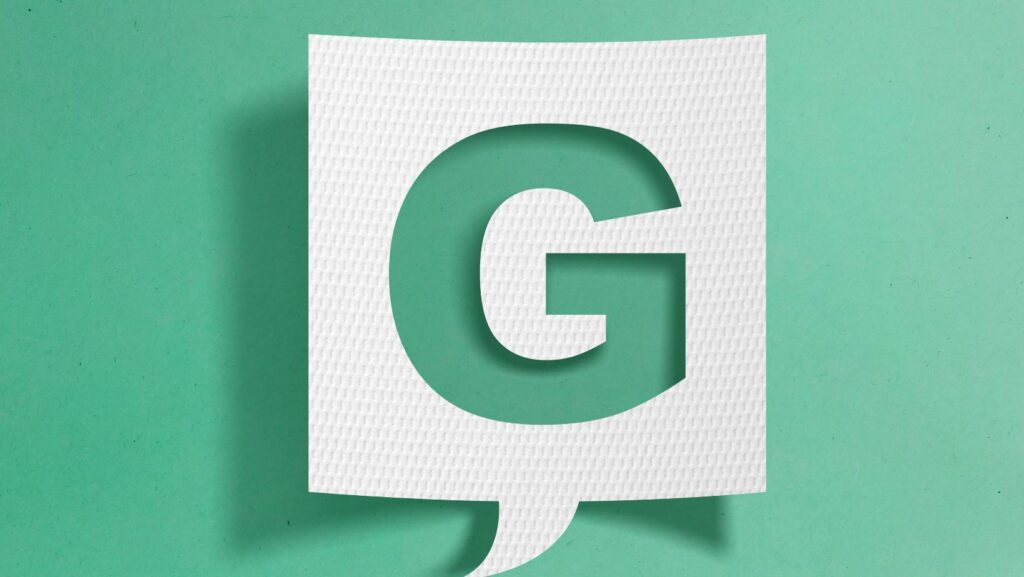
How Does Grammarly Make Money
Grammarly, the popular writing assistance tool, has become a staple for many users looking to enhance their writing skills. But have you ever wondered how Grammarly makes money? In this article, I’ll dive into the various ways that Grammarly monetizes its services and stays profitable.
One of the primary ways Grammarly generates revenue is through its premium subscription model. While the basic version of Grammarly is free to use, they offer additional features and functionalities through their paid plans. These premium subscriptions provide users with advanced grammar and punctuation checking, style suggestions, plagiarism detection, and more. By offering an enhanced user experience for a fee, Grammarly can generate a steady stream of income from those who find value in these added benefits.
Another avenue through which Grammarly makes money is by partnering with businesses and educational institutions. They offer tailored solutions for teams and organizations that require multiple user accounts or enterprise-level integrations. These partnerships not only help companies improve their overall writing quality but also contribute to Grammarly’s revenue stream.
Furthermore, affiliate marketing plays a role in how Grammarly monetizes its platform. By collaborating with other companies and websites that share a similar target audience, Grammarly earns commissions when users sign up through their affiliate links or engage in specific actions on partner sites.

The Grammarly Business Model
Grammarly has established a highly successful business model that allows them to generate revenue while providing their valuable writing assistance services. Here’s an overview of how Grammarly makes money:
- Premium Subscription Model: Grammarly offers a premium version of its service, which provides users with enhanced features and functionality beyond what is available in the free version. Subscribers pay a monthly or annual fee to access these advanced features, such as plagiarism detection, vocabulary enhancement suggestions, and genre-specific writing style checks.
- B2C Sales: In addition to the premium subscription model, Grammarly also generates revenue through direct sales to individual customers. They offer one-time purchases for those who prefer not to commit to a subscription but still want access to certain premium features on an ad-hoc basis.
- B2B Partnerships: Grammarly has formed strategic partnerships with businesses and educational institutions worldwide. These partnerships allow organizations to provide their employees or students with access to Grammarly’s writing tools and services at discounted rates or as part of their overall package.
- Affiliate Marketing: Another way that Grammarly earns money is through affiliate marketing programs. They partner with relevant websites, blogs, and influencers who promote grammar improvement tools and earn commissions when users sign up for Grammarly through their referral links.
- Data Licensing: As millions of users utilize the platform daily, Grammarly collects vast amounts of data related to writing patterns, errors, trends, and more. While user privacy remains a priority, anonymized data can be utilized in aggregate form for research purposes or licensed out to interested parties like researchers or language learning companies.
- Product Integration: To expand its reach and accessibility further, Grammarly integrates its technology into other platforms and applications through partnerships or API integrations. By allowing other software products or platforms to leverage their grammar-checking capabilities seamlessly within their own interfaces, they can generate revenue through licensing or partnership agreements.
- International Expansion: Grammarly’s services are available in multiple languages, and they actively target international markets for growth. By catering to non-English speaking users and translating their products into other languages, Grammarly opens up new revenue streams and expands its user base globally.
In conclusion, Grammarly employs a diverse range of monetization strategies to generate revenue. Through premium subscriptions, B2C sales, B2B partnerships, affiliate marketing programs, data licensing, product integration, and international expansion efforts, Grammarly has created a sustainable business model that allows them to provide valuable writing assistance while also turning a profit.










